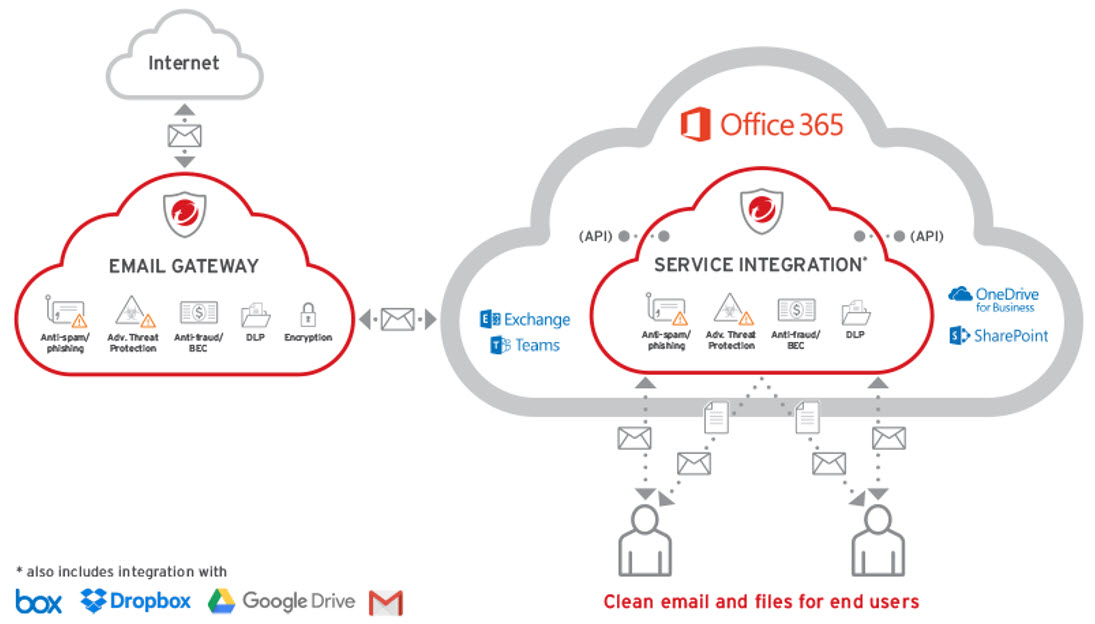

Third-party products supported by Cisco XDR include Microsoft Corp.’s Defender for Endpoint and Office, Palo Alto Networks Inc.’s Cortex XDR and Next-Gen Firewall, Trend Micro Inc.’s Vision One, SentinelOne Inc.’s Singularity and ExtraHop Networks Inc’s Reveal. The aim of Cisco XDR is to correlate and analyze native and third-party telemetry sources and provide detection and response in near-real-time, the company said. In this way, it provides process-level visibility into any place where endpoints meet the customer’s network. With regard to the endpoints, Cisco XDR is as comprehensive as can be, gathering insights from more than 200 million sources via Cisco Secure Client, a tool that was previously known as An圜onnect. It will bring together a range of Cisco’s proprietary tools and third-party security offerings to help customers control network access, analyze incidents, mitigate threats and automate responses, all from a single, cloud-based interface.Ĭisco XDR gathers data from six telemetry sources that most security professionals say are critical for any extended detection platform, including endpoints, networks, firewalls, email, identity and domain name systems. is bringing its considerable expertise into the extended detection and response business with the launch of a new, software-as-a-service-delivered platform that integrates multiple threat detection tools to protect enterprise computing resources.Ĭisco said the new Cisco XDR service will become available in July. We provide managed internal and external penetration testing and ethical hacking services, web application testing, vulnerability assessments, wireless site audits, vendor product assessments, secure network design, forensics and risk mitigation services.Networking giant Cisco Systems Inc. OSI Security is an IT security consulting company based in Sydney, Australia. Public disclosure for historical purposes as an example of early cloud adoption issues facing the industry. Interception fix pushed to production environment.įinal intercepted email received (numbering several million).ĭelivery Status Notification success/failures continue to be received.ĭelivery Status Notification fix pushed to production. Reported to vendor.ĭevelopers investigating interception report.ĭirect object policy rule access / edit discovered and reported to vendor.ĭirect object policy rule issue fixed in production. Interception issue discovered during testing. The second vulnerability allowed any HES authenticated customer to view or change other cloud user's rules via Direct Object Reference. Interception revealed Sender, Recipient, Subject and in some cases entire email contents with attachments if applicable. "BCC all messages" to your personal email address.Ĥ) Watch your inbox run out of disk space.
Trend micro email security plus#
This was intended, however the HES environment itself was shared across all customers - therefore anyone could create a policy for a domain which wasn't theirs or a pre-existing customers and start intercepting, modifying / rewriting content, BCC copying emails, quarantining or deleting messages which came or if passed through HES.ġ) Register a free Trend Micro HES account.Ģ) Activate a domain name you want to filter - be creative (, mac.com,, , ibm.com, plus banks / military / large ISPs / government domains worked exceptionally well!)ģ) While the domain has not been valid, create a new policy rule, e.g. However, to enable migration testing, rules became active immediately without waiting for MX records to be updated.
Trend micro email security update#
Users were required to 'activate' (enter) a domain name, then update their MX records to enable filtering. The platform allowed anyone to register an account online instantly and test the solution. The first allowed any HES user to intercept in-transit emails through the Trend Micro Hosted Email Security cloud environment. Hosted Email Security before January 2012.


 0 kommentar(er)
0 kommentar(er)
